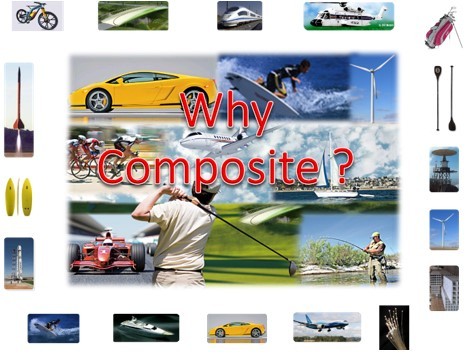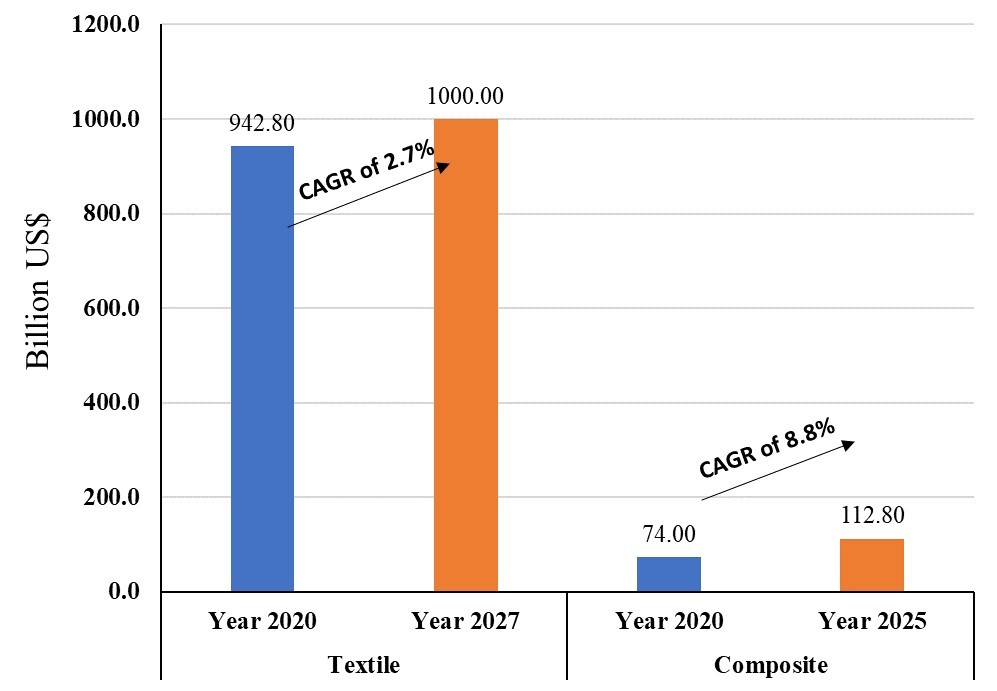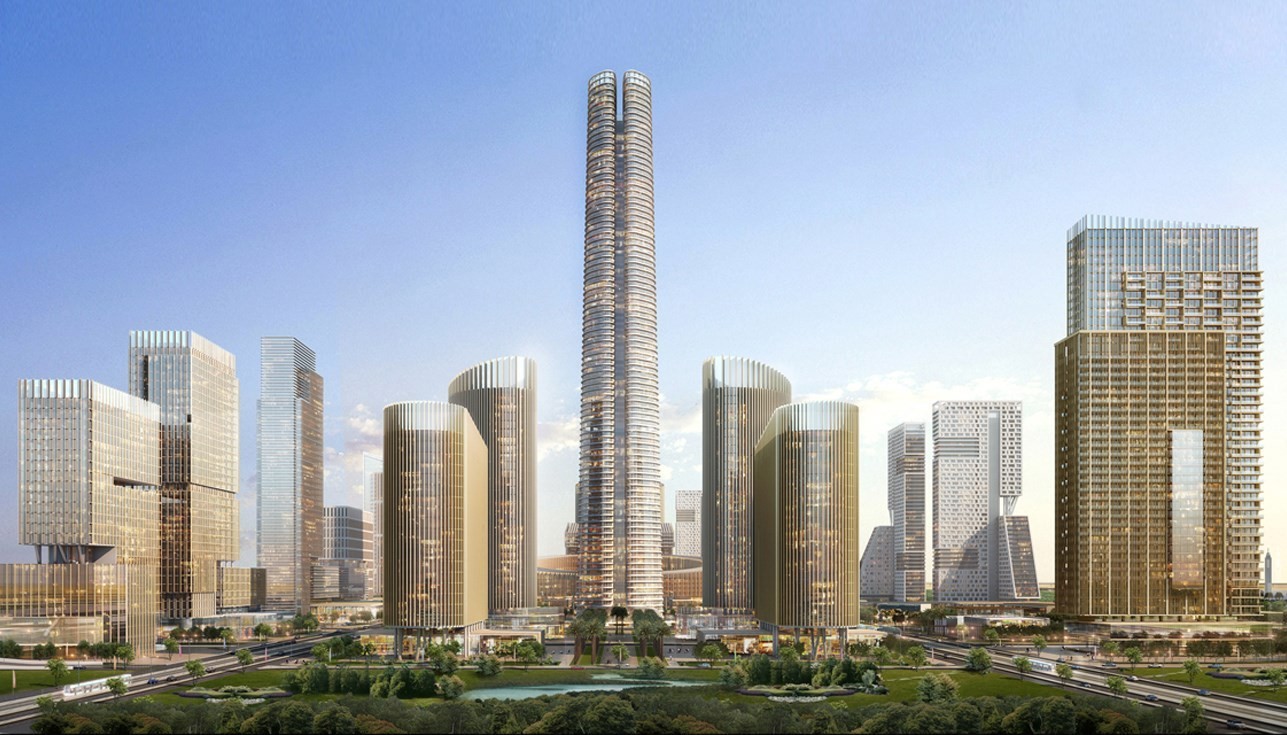What are Textile Composites? 2021-07-06 21:29:10
What are Textile Composites?
By: Dr. Tamer Hamouda, PhD
Associate Professor, National Research Centre
Composite and Technical Textile Expert
InTEXive Consulting, Innovative Textile & Composite
In this article I will talk about one of the interesting applications of textiles, which employs textile materials as reinforcement in many forms. Whether it is fiber (short or long), yarn, fabric (woven or nonwoven), made of any type of material (Natural or Synthetic, organic or inorganic). This application is known as Composite or Fiber Reinforced Composite (FRC). In some cases, it’s referred to as Glass Reinforced Composite or Carbon Reinforced composite, when glass or carbon fibers are used as a reinforcement. But the most interesting part of these textile-based materials is the application. Textile composites have high-performance properties, such as, high strength to weight ratio, light weight, good corrosion resistance, good fatigue resistance, immune to electromagnetic field and easy to maintain. So, due to this performance the textile reinforced composites are therefore primarily found in the aerospace, automotive, medical technology, energy, and sports sectors.
What is the Composite Market Value compared to Textile Market?
One of the most important question that may be asked by any investors in order to plan for market penetration, is how big is the market size? The answer is “The global composites market size was USD 74.0 billion in 2020 and is projected to reach USD 112.8 billion by 2025, growing at a CAGR of 8.8%. The main driver behind the fast growth rate of the composites industry is the rise in demand for high performance materials, globally”.
On the other hand, “The global textiles market was US$942.8 Billion in 2020 and is expected to reach $1.1 Trillion by 2027, growing at a CAGR of 2.7% over the period 2020-2027”.
The high CAGR of 8.8% of composite give an indication of the high investment potential compared to traditional textile.
What is the current status of the composite industry in Egypt?
Composite materials and applications are still untapped industry in Egypt, yet there are few companies that are working in different composite fields such as Future Pipes Industries (FPI) for piping solution, BMC ALMASRYA for infrastructure solutions which specialized in composite manhole covers, and El-Nasr company for intermediate chemicals for Fiber Glass tanks. On the other hand, we will find that there are around 10,000 companies working in the composite sector in Europe, with annual production volume of 2.4 million tons and a value of US$16.6 billion in 2018. So, unfortunately Egypt is so far behind in the composite industry.
As, Intexive we have identified several reasons behind this gap in the composite industry in Egypt;
- No technical or specialized educational programs
- Lack of technical experts
- Lack of awareness and resistance to change
- Lack of trained and skilled labor
- Lack of internal market analyses and opportunities identification
These drawbacks require a fast intervention from all stake holders to put Egypt on the map of the composite industry. This intervention may include but not limited to;
- Establishment of specialized research centers, centers of excellence and competitiveness centers, which can support in technical training, technical consultation and technology transfer
- Update the curriculum of the textiles engineering and mechanical engineering departments to include a major or concentration on composite industry.
- Establishment of pilot plants and prototyping facilities, to support scaling up of new composite products’ developments
- Support the small companies in competing based on a proprietary know-how rather than scale
- Support the local testing institutes in their accreditation and upgrade its facilities to cope with new composite applications.
InTEXive is striving to fulfil its obligation toward the national development through direct consultancy-based collaboration with universities and investors or through offering a technical course in order to identifying the well return on investment and also identifying the market opportunities in all textile related applications.
I may conclude that, since Egypt is putting a lot of investment in construction and building such as the New Administrative Capital and in the infrastructures such as roads and bridges, in addition to the big investment in transportation through building the first Cairo monorail which will cost around USD 4.5 billion, it is a very good opportunity to invest in composite industries and establish factories that can supply a composite based construction materials and also can locally manufacture the monorails’ trains and its parts. In which we can start a new industry and also reduce the project cost by local supplies.
Pic 2: Global market of Textile Vs Composite







